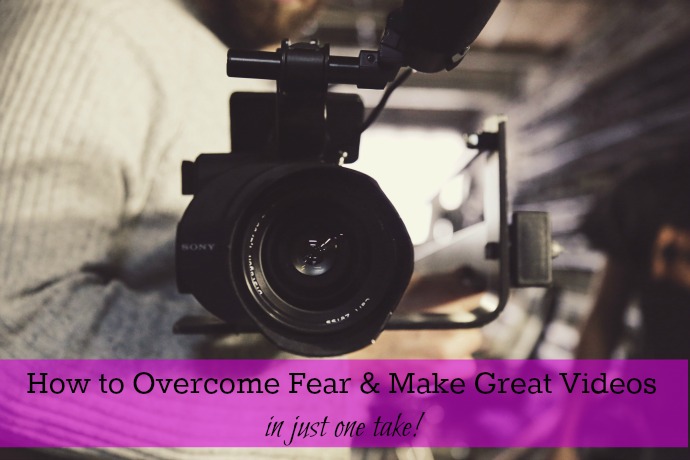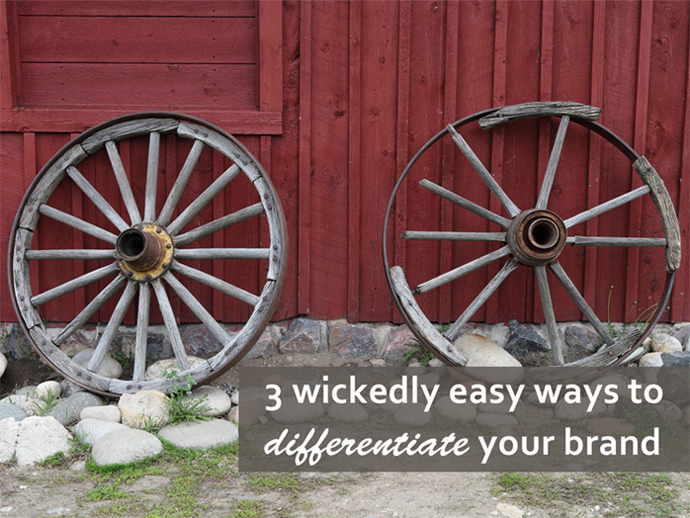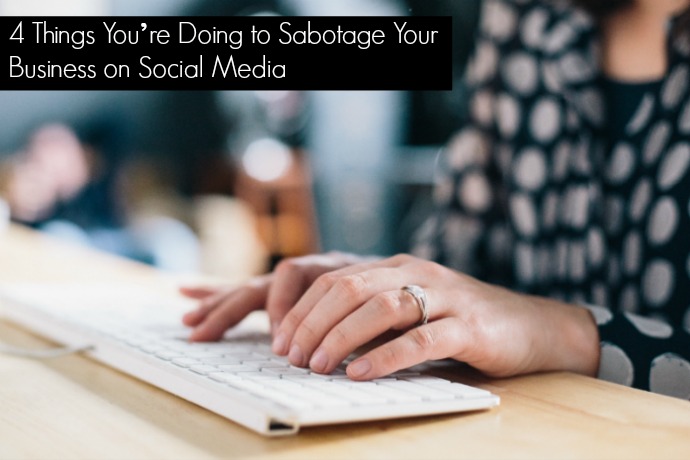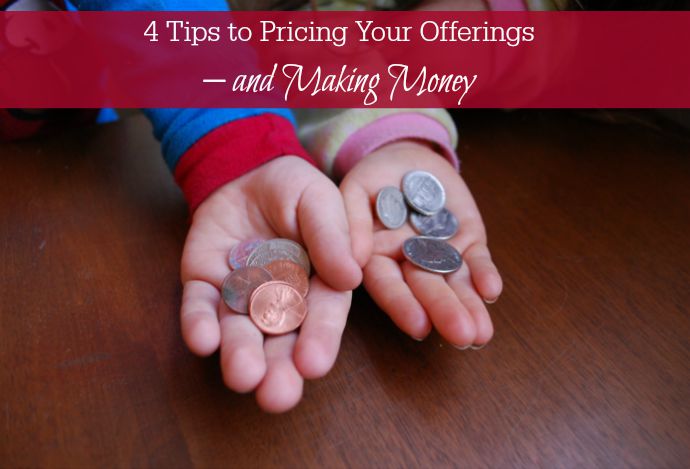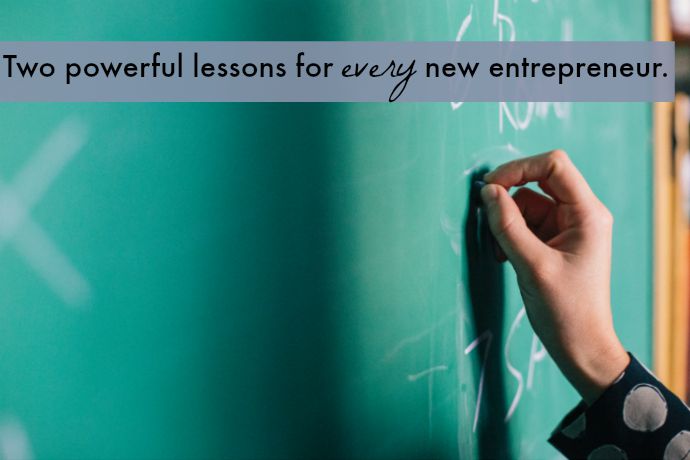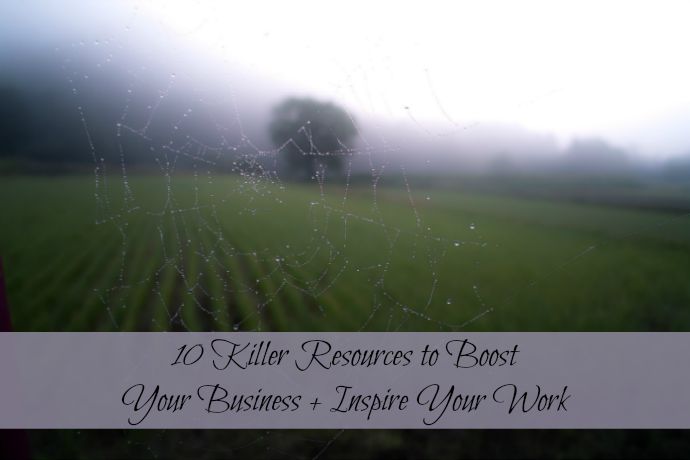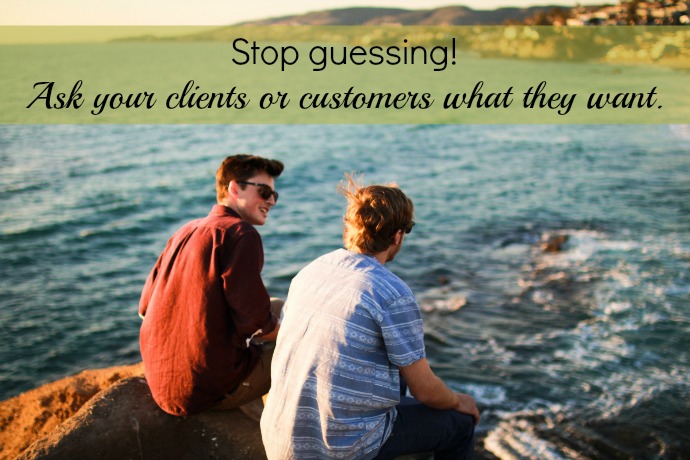 There I was, working on an exciting new program for my audience. And I was struggling for words.
There I was, working on an exciting new program for my audience. And I was struggling for words.
Yes. Me. Struggling for words. Alert the media.
It was one of those moments as a marketer when you question your own expertise. I mean, c’mon, I do this for clients every single day! Why was I doubting my message?
When it comes to our work for others, we have it nailed, don’t we? We can spot their mistakes as if they were bright neon arrows. We can detect the inconsistencies, see the creative brilliance or connect dots that might seem so obvious…to us. As observers.
The power of objectivity shows itself to be a sly little superpower, doesn’t it?
I can see those things in your business, brand or even your psyche so clearly because I’M NOT IN IT! And I bet the same is true for you, too. But when it comes to following our own advice? Forget it! We’re too busy. As I often say….
Consultants are often their own worst clients! (TWEET!)
Our faces pushed up too close to the glass, we can’t see the bigger picture. Worse, we live in our own bubble when it comes to our businesses and we either think everything is important and needs to be communicated right now, or we fail to see when we’re out of touch or just plan confusing to others because it sounds so good in out own heads. We just love to guess.
To combat this, remember those people you serve? You know, your ideal customers? Your fans, your audience? Hell-oooooooo?! Remember them? The human who can tell you– in words!–what they crave, hate, value or despise?
Your customers are right in front of you. So GO ASK THEM! How?
- Send them a short survey. Easy to create using SurveyMonkey for free or perhaps just a short Google form.
- Ask them a thought-provoking question via email and tell them to hit REPLY. About a month or so ago, I asked my email list which adjective they’d use to describe the “brand” they’d like to have? The results were enlightening. Feel free to get in on this, fill in the blank and email me now: “I want my brand to be ___________!”
- Interview them individually by phone. Recently, I reached out to a few beloved past clients and colleagues who match my ideal client persona and talked to them about what they want and need. The feedback was amazing and it’s all helping shape the new course I’m creating.
- Gather a group of them together. I recently held a Business Tea Party in my home (and a virtual one by phone) for two select groups of entrepreneurs. They not only shared what their challenges and goals are but they gave each other resources and made connections of their own. Success!
Reach out to your existing audience or people who fit the bill for the type of audience you’d like to have. Send them a quick note, prepare a few direct and simple questions to discuss and be respectful of their time. And don’t forget….offer them a thank you: a coffee gift card, tea and sweets, or a donation to a charity they love.
Sometimes the easiest way forward is actually the simplest. When you are not sure of something, ask the people who know.
Looking to build, connect with and convert your audience from loyal fans to paying customers or clients? You may want to check out MOMENTUM Pro my digital course that puts you through the step-by-step paces to craft a strong brand strategy, identify your target audience, attract more clients and bring it all to life with ease.
Photo credit: Cole Hutson, Unsplash


